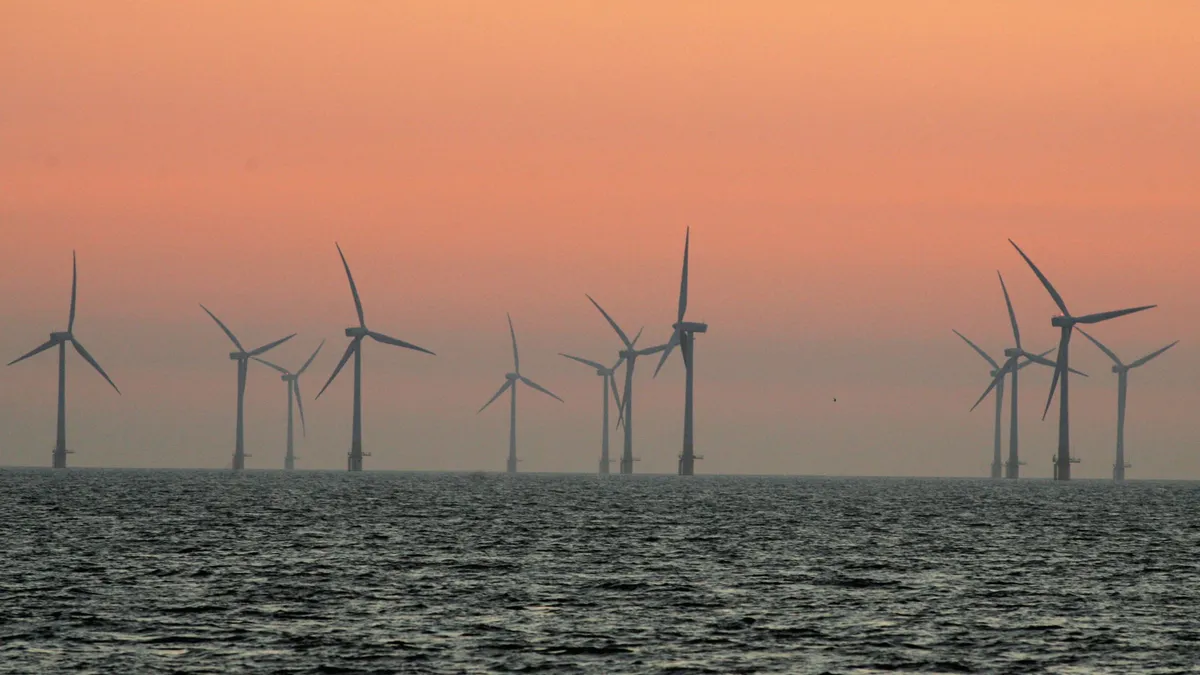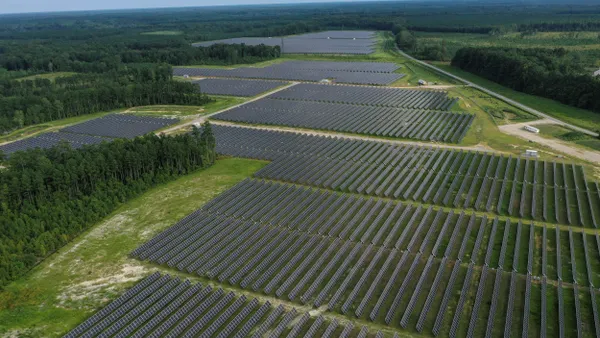Dive Brief:
- The Treasury Department’s Friday release of preliminary guidance on the Inflation Reduction Act’s changes to the Section 48 investment tax credit offers welcome clarity for industry, several renewable energy trade groups said.
- Deputy Secretary of the Treasury Wally Adeyemo said the department focused on clearing up how the credit applies to offshore wind and battery storage projects, “as well as small scale projects that need to connect to the grid.”
- The proposed guidance is “welcome news for the offshore wind sector, providing long-awaited clarity on which components qualify for the ITC,” said American Clean Power Association Chief Advocacy Officer JC Sandberg in a release. “But more work remains.”
Dive Insight:
Sam Salustro, vice president of strategic communication at Oceantic Network, said that the group “welcomes” the release of the guidance as well as “the administration’s holistic view of project development.”
“It is imperative that the federal government continues its diligent work to bring clarity to Inflation Reduction Act tax provisions and drive new investments in the supply chain,” Salustro said.
Solar Energy Industries Association President and CEO Abigail Ross Hopper said that the proposed guidance provides clarity and will help to drive deployment, but said the group is still “fully [evaluating]” the document in light of current economic headwinds faced by solar and storage companies “to guard against any potential unintended consequences that might undermine our ability to rapidly deploy clean energy projects of all sizes.”
The IRS posted an prepublication version of the proposed guidance to the Federal Register on Friday, with an official release scheduled for Wednesday. In the document, the IRS said it aims to provide clarifications that were requested in comments on several previous documents.
These clarifications include the definition of energy storage technology and how broadly that technology should be interpreted in implementing the IRA.
Some commenters asked that the definition be based on the definition included in section 48(c)(6), instead of focusing on “specific functionalities,” the IRS said, and the agency is now proposing adopting that statutory definition.
The proposed guidance also seeks to address commenter concerns “about credit eligibility and the ownership of offshore wind property,” the IRS said.
The agency said that one group of commenters sought confirmation that “certain transfer and power conditioning equipment necessary to deploy offshore wind” is eligible for the credit even if that equipment is owned by a separate entity than the one that owns the wind farm’s turbines, or if the equipment has multiple owners “as part of a shared transmission solution.”
“The Treasury Department and the IRS have determined that a taxpayer that owns an energy property is eligible for the section 48 credit only to the extent of the taxpayer’s eligible basis in the energy property,” the guidance says. “In the case of multiple parties that hold ownership shares in an energy property, each party is eligible for the section 48 credit to the extent of the party’s fractional ownership interest.”
The guidance also proposes that the components of an offshore wind facility eligible for the section 48 credit includes power conditioning and transfer equipment but excludes transmission and distribution equipment, a clarification that “many commenters” asked for, the IRS said.
Once the proposed guidance is officially published, a 60-day comment window will open.















